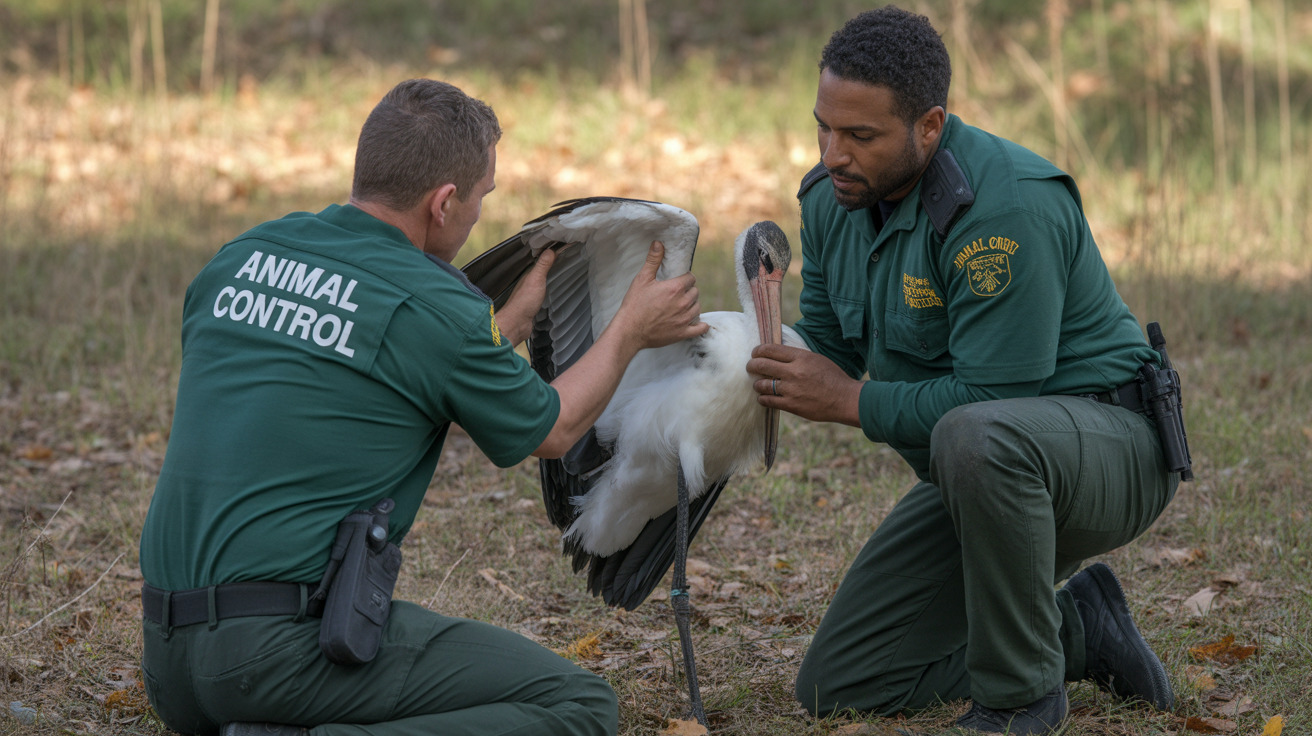If you've noticed your dog becoming aggressive towards other dogs, you're not alone. This challenging behavior affects many pet owners and can transform peaceful walks into stressful encounters. Understanding why dogs show aggression towards their fellow canines is the first step in addressing and managing this concerning behavior.
In this comprehensive guide, we'll explore the various types of dog-to-dog aggression, identify warning signs, and provide effective management strategies to help create a safer environment for your pet and others.
Types of Dog-to-Dog Aggression
Dog aggression can manifest in several distinct ways, each requiring a different approach to management and treatment:
Fear-Based Aggression
Many dogs display aggression due to fear or anxiety. These dogs may initially show submissive body language, such as tucking their tail or trying to retreat, before escalating to defensive aggressive behaviors when they feel cornered.
Territorial and Resource Guarding
Some dogs become aggressive when defending what they consider their territory or valuable resources. This can include their home, yard, favorite toys, food, or even their human family members.
Social Status Aggression
This type of aggression often occurs between dogs living in the same household as they establish and maintain their social hierarchy. It may be more pronounced during feeding times or when seeking attention from owners.
Warning Signs of Dog Aggression
Recognizing early warning signs is crucial for preventing aggressive incidents:
- Stiff body posture
- Raised hackles
- Direct, intense staring
- Growling or snarling
- Showing teeth
- Lunging or barking aggressively
- Snapping at the air
Underlying Causes of Dog Aggression
Medical Factors
Always rule out medical causes first. Pain, thyroid issues, and other health problems can contribute to aggressive behavior. A thorough veterinary examination is essential before beginning any behavioral modification program.
Environmental Factors
Past traumatic experiences, lack of proper socialization, and unstable living situations can all contribute to aggressive tendencies. Understanding your dog's history and current environment is crucial for addressing the root cause of the aggression.
Management and Training Solutions
Immediate Management Strategies
While working on long-term solutions, implement these immediate management techniques:
- Maintain safe distances from other dogs
- Use proper handling equipment (head halters, front-clip harnesses)
- Avoid situations that trigger aggressive responses
- Never punish growling, as it's an important warning signal
Professional Training Approaches
Working with a professional dog trainer or behaviorist can help develop an effective treatment plan that may include:
- Counter-conditioning
- Desensitization training
- Positive reinforcement techniques
- Structured socialization exercises
Prevention and Long-term Management
Creating a stable environment and maintaining consistent training are key to preventing future aggressive incidents. Regular exercise, mental stimulation, and positive socialization experiences can help reduce stress and anxiety that might lead to aggressive behavior.
Frequently Asked Questions
Why do some dogs become aggressive towards other dogs, and how can I prevent this behavior in my pet?
Dogs may become aggressive due to fear, lack of socialization, past trauma, or medical issues. Prevention involves early socialization, positive training methods, and maintaining a stable environment. Regular veterinary check-ups can help identify and address any underlying medical causes.
What are the common signs of aggression in dogs, and how can I identify them early?
Early signs include stiff body posture, raised hackles, intense staring, growling, and showing teeth. More subtle signs might include avoiding eye contact, excessive yawning, or lip licking. Learning to read these signals helps prevent escalation to serious aggressive incidents.
How can I train my dog to stop being aggressive towards other dogs, and what training methods are most effective?
The most effective training methods involve positive reinforcement, counter-conditioning, and desensitization. Working with a professional trainer who uses force-free methods is recommended. The training should focus on creating positive associations with other dogs while maintaining safe distances.
What role does socialization play in preventing aggression between dogs, and when is the best time to socialize a puppy?
Socialization is crucial in preventing dog aggression. The critical socialization period for puppies is between 3-16 weeks of age. During this time, puppies should have positive experiences with various dogs, people, and environments under controlled, safe conditions.
How can I manage a multi-dog household to prevent aggression and ensure a harmonious environment for all my pets?
Managing a multi-dog household requires establishing clear routines, providing separate resources (food bowls, beds, toys), supervising interactions, and respecting each dog's space. Maintain consistent rules and give equal attention to prevent competition and reduce tension between dogs.






